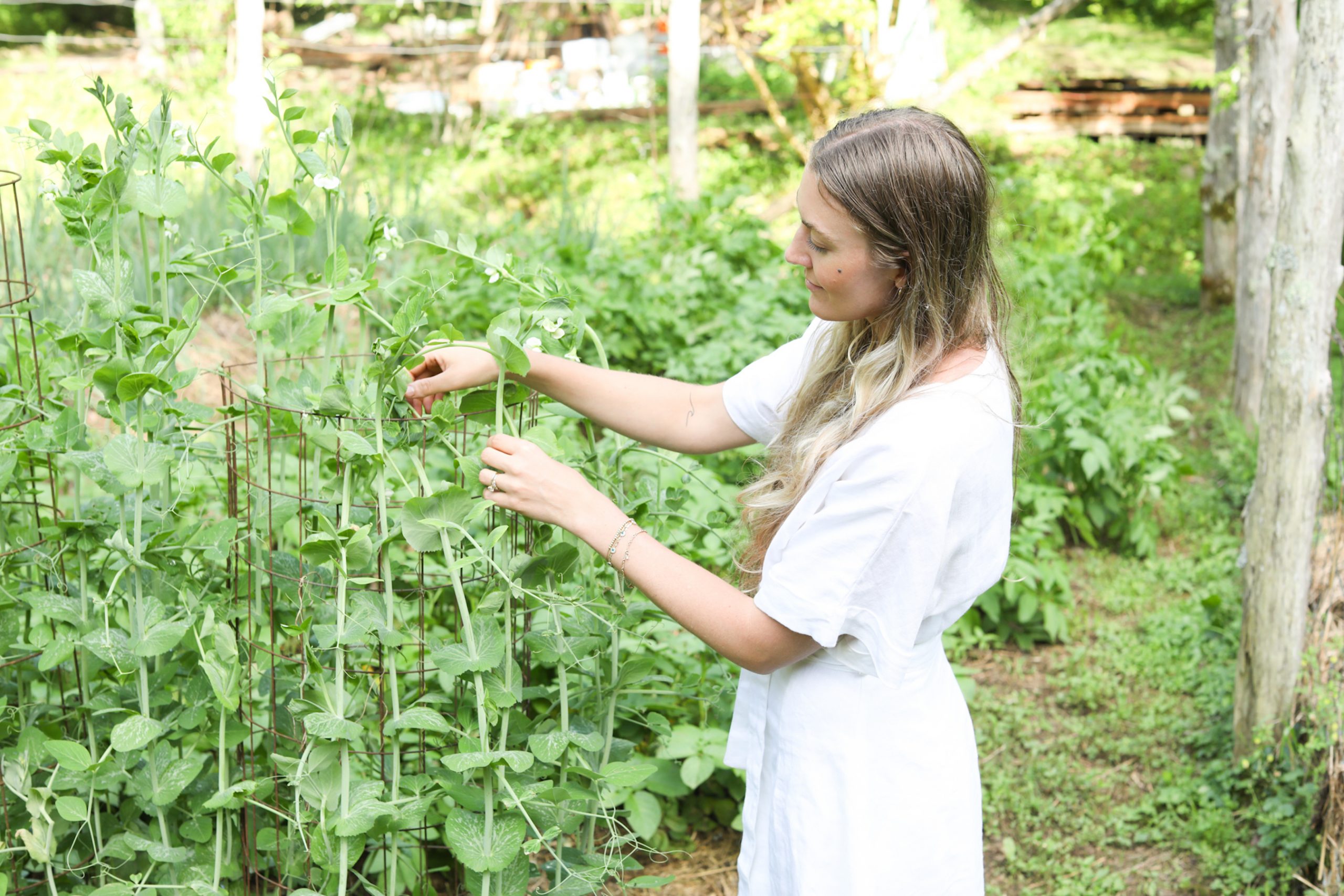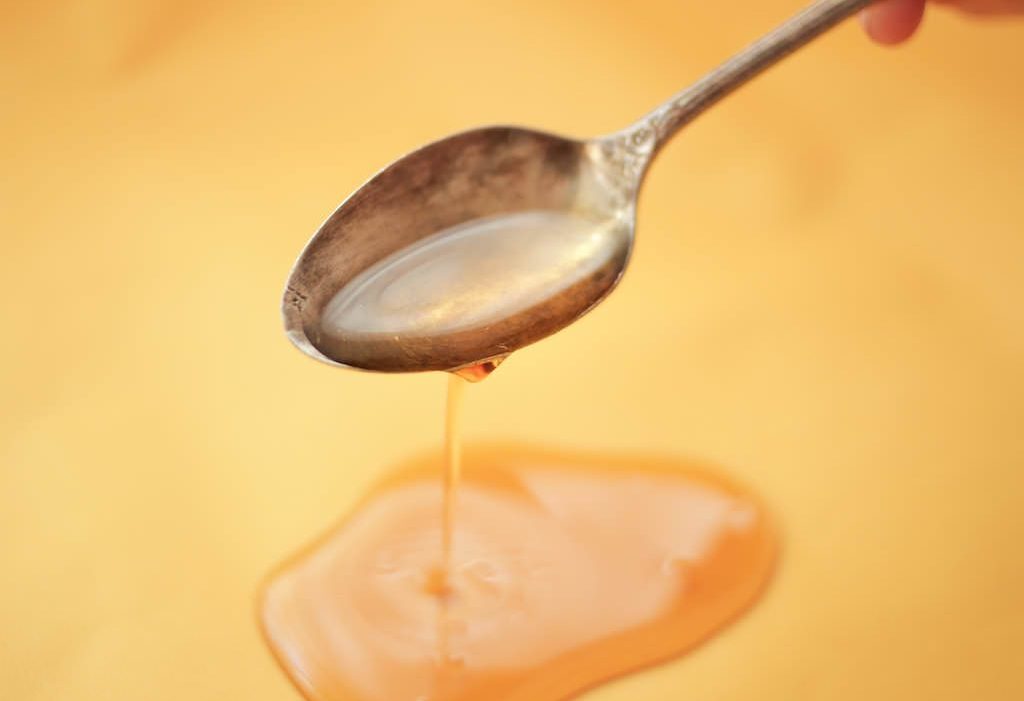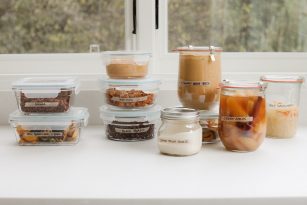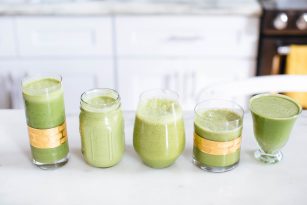Did you know that most of the foods you enjoy wouldn’t be possible and available if it wasn’t for the work of bees?
Bees are vital to our ecosystem as a whole, especially when we talk about our food and the food our food eats if you consume animal proteins. Without pollinators, like bees, our food supply would be incredibly limited.
As we start to venture to our new lifestyle living as self-sustainably as possible, growing our own food, taking care of our land and animals, that also includes beekeeping and supporting a thriving bee population! Bee health and how bees impact our ecosystem has always been a point of fascination for me and a subject that I really enjoy learning more about and hope you find this as education and impactful.
Before I jump in, I know it may seem like you can’t make a positive impact in saving the entire bee population, but there are small ways and things you can do every day and every week that can actually support the bees.
What’s Happening To The Bees?
Did you know there are over 20,000 species of bees including the more well known, the carpenter bee, honeybee, and bumblebee? Bees are responsible for pollinating hundreds of foods we commonly eat and the food our food eats if you consume animal proteins. Think about your favorite avocado on toast, or almond butter, or chocolate, or coffee, or berries — all of these favorite foods rely on pollinators like bees.
Bees are superorganisms and have their own unique society, behavior, and way of engaging with each other to support the health of the hive and longevity of their work. They’re fascinating insects to learn about from the way they are able to take care of sick bees in the hive to the way they all have their unique role and delegated tasks to work as one unit.
So what’s happening to bees? According to the USDA, in 2015 beekeepers reported losing 40% of their honey bee colonies. But the decline of our bee population actually started way before 2015 — overtime our farming practices drastically changed, which included using synthetic fertilizers, pesticides, focusing funds and resources on a few yet predominately used crops (i.e. soybeans, corn, and wheat).
Bees are also rapidly declining with the change in climate and other factors that harm them including diseases, parasites, stress, loss of natural resources, malnutrition, and lack of food sources. The combination of these factors and pesticide use with more modern farming results in colony-collapse disorder from 2005-2013 where an estimated 10 million beehives were lost. (1)
For example, with modern farming practices plants are being hybridized with neonicotinoids which is an insecticide that the plant houses, so when an insect such as a bee starts to pollinate from that plant, it’s met with a lethal dose of neonicotinoids which compromises the bees’ immune system either killing it instantly depending on the dose, or impairing the bees function to the point where it’s unable to find it’s way home. (2) (3)
In the past two decades, pollinator populations have decreased by 90%. While these stats might feel staggering and overwhelming, we actually can collectively come together in small ways to make a change!

The Roles Bees Play in Our Ecosystem
Bees aren’t the only pollinators in our ecosystem, we also have butterflies, beetles, lizards, bats, ants, and birds that play an important role, but bees are leading the pack when it comes to pollination.
Bees eat and store the pollen from flowers and bring it back to their hive — when they fly to feed on flower to flower with their bodies covered in pollen, they transfer that pollen to where it’s needed to plants can grow fruits.
Many plants including fruits and vegetables depend on bees for pollination.
There are even humans doing the work of bees by manually brushing certain flowers and plants with pollen to mimic the bees transfer method – much less effective than the bees doing the work they’re meant to!
11 Ways To Support Bee Health
There are many small ways you can support the health of bees! From planting flowers, beekeeping, to advocating on a local level for your region to plant more pollinators in your area.
- Plant native to your area pollinator flowers (this is a good resource). You can plant these in a large garden, have a few potted plants on your patio or small space, any bit helps!
- If you have a yard, make it wildlife friendly to all pollinators including birds, beetles, butterflies, bats, etc. A few ways you can do this is to let some areas of your yard be wild without so much weeding and manicuring — wildlife use spots like these for shelter and food.
- When gardening or planting, opt for organic seeds and plants.
- Support local farmers with sustainable practices and local beekeepers: visit your local farmers market or search locally for beekeepers nearby, visit them or see if they have products you can buy online to support their work. Here’s also an online directory.
- Donate to organizations that support bee health: Honeybee Conservancy, Save Our Monarchs, and this list here.
- Campaign and advocate to have your local pollination supportive flowers and plants, planted in your local parks and common areas.
- Plant cover crops such as clover and alfalfa, to nourish the bees.
- If you have a small or large garden, be sure to have pollination flowers closeby.
- Make an impact with your wallet. Support food and health brands that engage in organic farming practices and research how they source their ingredients and products before purchasing from them.
- Become a beekeeper yourself! Learn the science and art of beekeeping to support to their population growth.
- Be open to learning and talking to your communities about bee health and these small ways to make a change — speaking up for a cause you believe in is a great way to inspire and role model change for other people who feel the same way.
SeedLabs by Seed have their first initiative which is about supporting the health of the honey bee population by creating a BioPatties, a substance to support the health of bees by improving their immune health with nourishment. Although they’re in a very early stage of studying the effectiveness, it’s really promising that brands like Seed are putting energy and resources into supporting the pollinators of our world.
Where To Purchase Bee Products From
First and foremost, check with your own local region, it’s so important that we each support our local farmers and local bee farmers so that regionally we can become stronger and collectively we can keep the bee population thriving.
Here are a few products to check out, ideally from your local region:
- Raw honey: raw honey is honey straight from a beehive without any heat, pasteurization and filtration. Raw honey is more nutritious containing amino acids, polyphenols, antioxidants.
- Bee pollen: this is a nutrient-rich powder or found in a granule form. This powder contains phytonutrients, B vitamins, amino acids, trace minerals, and phytochemicals. Bee pollen is the mix of pollen carried by a honeybee and flower nectar and saliva.
- Propolis: this is a mixture of resins collected by honey bees from trees, buds, and plants and it’s used to keep the beehive sturdy, stable, and it keeps the beehive clean. It contains bioflavonoids.’
- Gisou: bee-based hair care products
- Savannah Bee: products from bee pollen to lipstick







